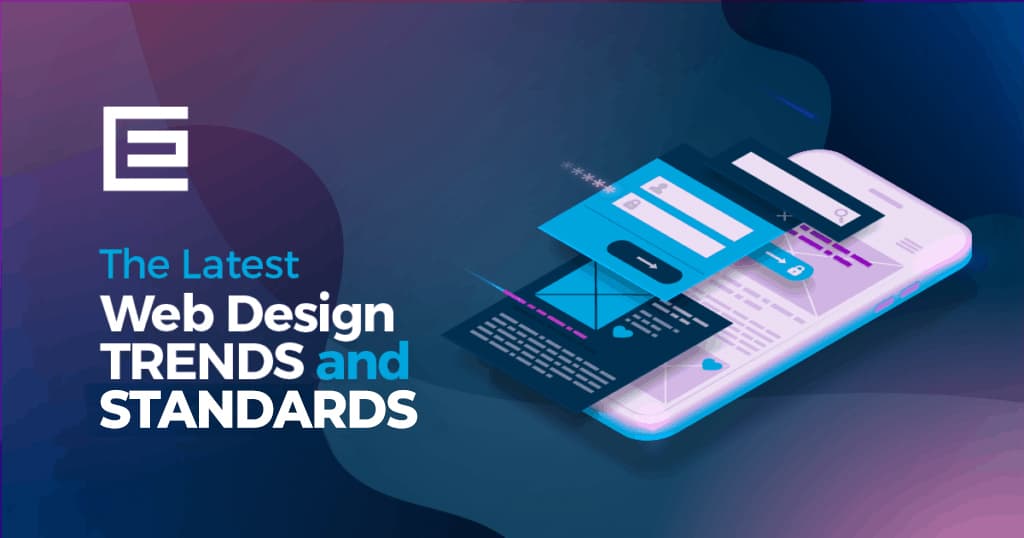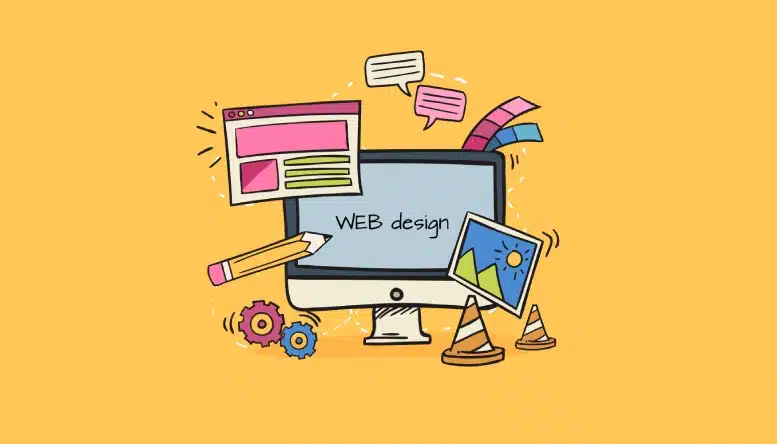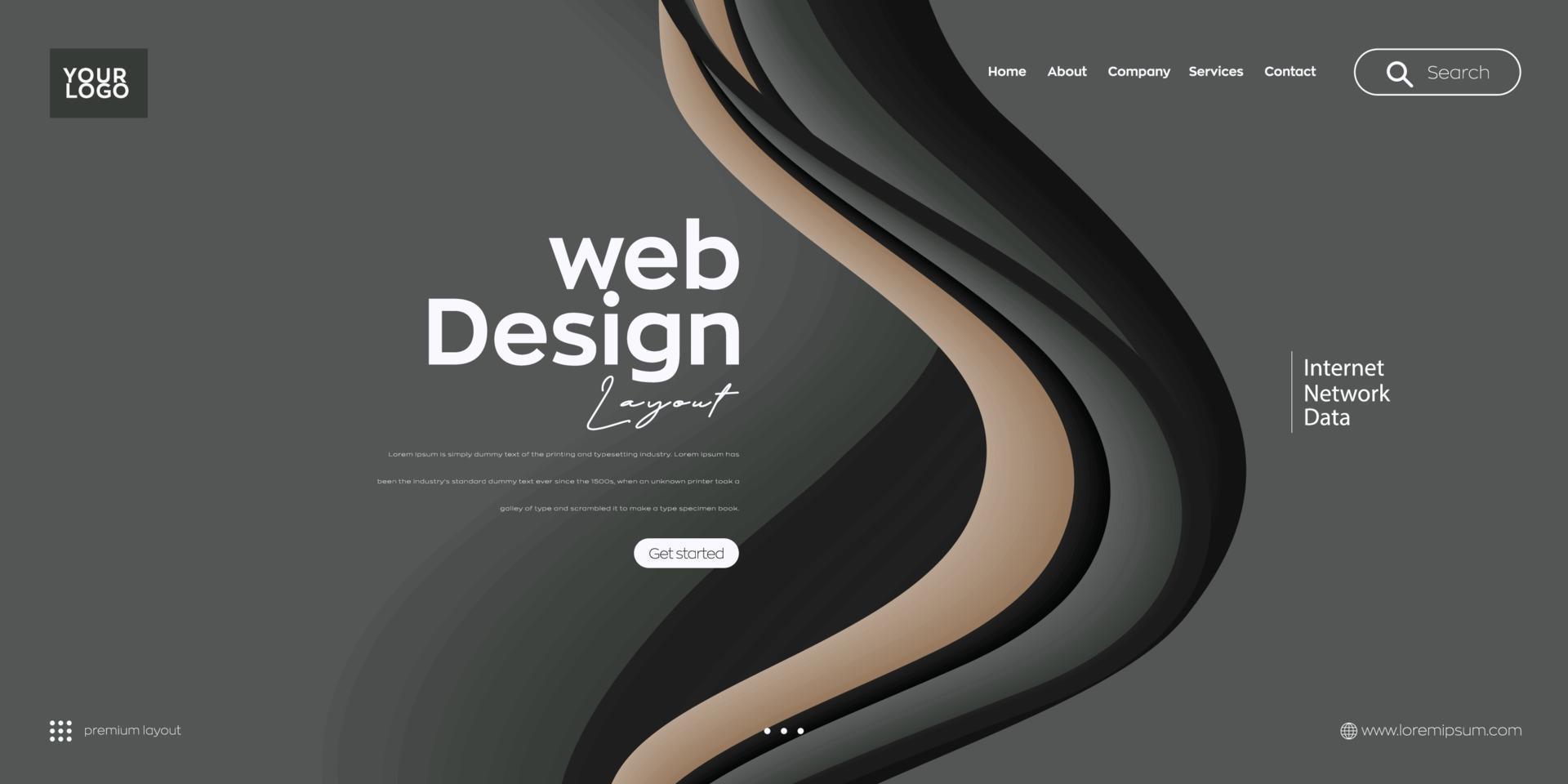Aligned Position Web Design: Stunning Websites Designed for Seamless User Experience
Aligned Position Web Design: Stunning Websites Designed for Seamless User Experience
Blog Article
The Most Effective Kinds Of Web Design to Enhance Individual Experience and Involvement
In the ever-evolving landscape of electronic communication, the performance of Web layout dramatically affects individual experience and interaction. Numerous layout strategies, such as minimal, responsive, and interactive layouts, each deal unique advantages that can cater to varied customer needs.
Minimal Website Design
As electronic landscapes end up being increasingly cluttered, minimalist Web layout has emerged as an effective approach to boosting individual experience. This layout viewpoint focuses on simplicity, concentrating on essential elements while getting rid of unnecessary interruptions. By using ample white room, uncomplicated navigation, and a minimal color scheme, minimal layout promotes quality and guides individual attention to key web content.
The core concept of minimalist Web design is to create a smooth interaction for customers. By reducing cognitive load, users can swiftly comprehend details without feeling overwhelmed. This direct strategy not only enhances functionality however likewise urges involvement, as visitors are a lot more most likely to discover a website that is visually appealing and easy to browse.
Additionally, minimalist layout usually stresses typography and imagery, using these aspects strategically to share messages properly. This concentrate on vital components can boost brand name identification and develop an unforgettable individual experience. In essence, minimalist website design is not just a pattern; it is a thoughtful technique that identifies the value of user-centered design. By stripping away extraneous aspects, designers can create a more interesting, effective, and pleasurable Web experience for all customers.
Responsive Website Design
In today's varied electronic setting, responsive Web style has actually come to be vital for producing a smooth user experience across a plethora of gadgets. As customers access web sites on mobile phones, laptop computers, desktops, and tablets, the capacity of an internet site to adapt its layout and content to different display sizes and resolutions is critical.
Receptive Web style employs versatile grids, pictures, and CSS media inquiries to ensure that Web material is presented optimally, no matter the tool made use of. This approach not only enhances the visual charm of an internet site but likewise significantly enhances use. Individuals are most likely to involve with a site that provides a regular experience, as it removes the frustration of needing to focus or scroll excessively.
In addition, online search engine, including Google, prioritize mobile-friendly websites in search positions. By adopting receptive style, companies can enhance their visibility and get to a wider target market. This approach also streamlines site upkeep, as a single version of the website can accommodate all devices, lowering the demand for multiple versions. In recap, receptive website design is a basic practice that boosts customer experience, engagement, and general satisfaction.
Interactive Web Design
Receptive Web design prepares for improving customer experience, yet interactive website design takes this a step better by involving customers in a much more dynamic method - Aligned Position Web Design. By integrating components such as animations, clickable models, and real-time responses, interactive Web design captivates customers, attracting them into a richer surfing experience
This strategy not only cultivates engagement yet likewise motivates customers to check out material actively instead of passively eating it. Strategies such as gamification, where individuals earn rewards for completing tasks, can substantially improve the moment invested in a site and improve overall fulfillment. Interactive functions can simplify complex information, making it a lot more absorbable and enjoyable.

Integrating interactive layout aspects can additionally lead to higher conversion rates, as customers are most likely to engage with a website that actively entails them. Aligned Position Web Design. Inevitably, interactive website design changes user experiences into remarkable journeys, ensuring that site visitors return time after time
Apartment Design
Identified by its minimalistic method, level style stresses simplicity and functionality, removing More Info away unneeded aspects and concentrating on essential features. This style approach prioritizes functionality, making sure that individuals can navigate interfaces easily and efficiency. By using a clean visual, level style gets rid of the mess usually located in a lot more luxuriant designs, consequently boosting individual concentrate on material and functionality.
The characteristic of flat layout hinges on its usage of bold shades, easy typography, and geometric forms. These aspects add to a visually enticing user interface that is both contemporary and approachable. Furthermore, level design promotes a feeling of quality, permitting users to determine necessary actions and info without disturbance.
Additionally, flat style is especially effective in responsive Web style, as its simplicity equates well across various devices and screen dimensions. By concentrating on crucial functions, level style not only satisfies customer requirements however additionally motivates seamless communication, making it an important part of efficient Web design approaches.
Flexible Website Design
Adaptive website design tailors the user experience by creating multiple fixed designs customized to different display sizes and gadgets. Unlike receptive style, which fluidly changes a single format, adaptive design utilizes unique designs for specific breakpoints, guaranteeing ideal discussion on various systems. This approach allows designers to concentrate on the unique characteristics of each gadget, boosting usability by delivering precisely what users require based upon their context.
Among the key advantages of adaptive Web layout is its capability to optimize lots times and efficiency. By offering tailored material and pictures that fit the user's tool, web sites can lessen information use and boost loading speeds. This is especially advantageous for customers with slower connections or minimal information strategies.

In addition, flexible style promotes a much more constant and regulated branding experience. Considering that designers create multiple layouts, they can guarantee that the aesthetic aspects line up with the brand's identity throughout various platforms - Aligned Position Web Design. This results in a cohesive customer experience, improving interaction and advertising user retention
Verdict
To conclude, the assimilation of minimal, receptive, and interactive Web style concepts dramatically improves customer experience and engagement. Minimalist layout cultivates clarity and focus, while receptive style makes certain versatility throughout various tools, promoting ease of access. Interactive layout mesmerizes users with dynamic components, motivating expedition and customization. Collectively, these design approaches contribute to the creation of user-friendly environments that not just boost complete satisfaction but click over here now additionally drive greater conversion rates, underscoring their essential importance in contemporary website design methods.

Minimalist style promotes clearness and emphasis, while responsive Check Out Your URL layout guarantees adaptability across various tools, advertising accessibility. Collectively, these layout approaches add to the production of straightforward atmospheres that not only improve contentment however additionally drive higher conversion rates, highlighting their vital relevance in contemporary Web style strategies.
Report this page